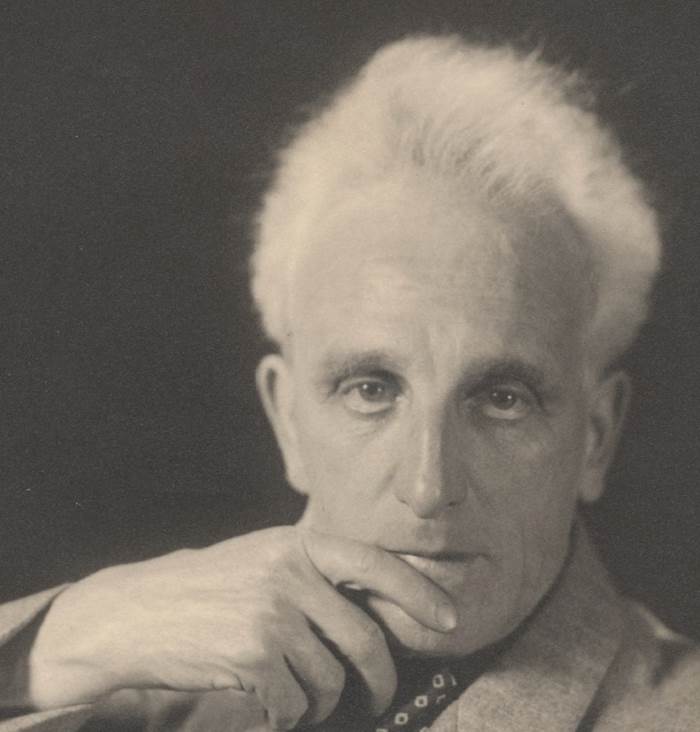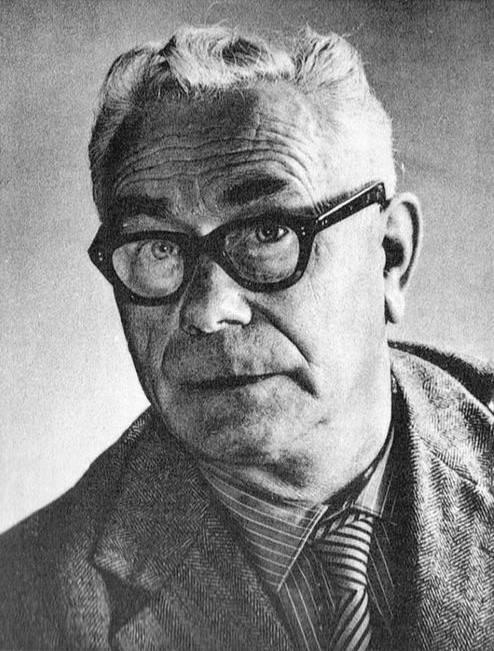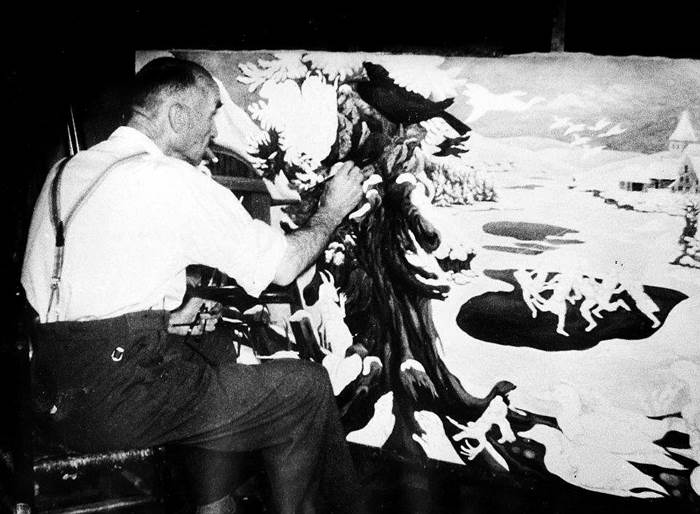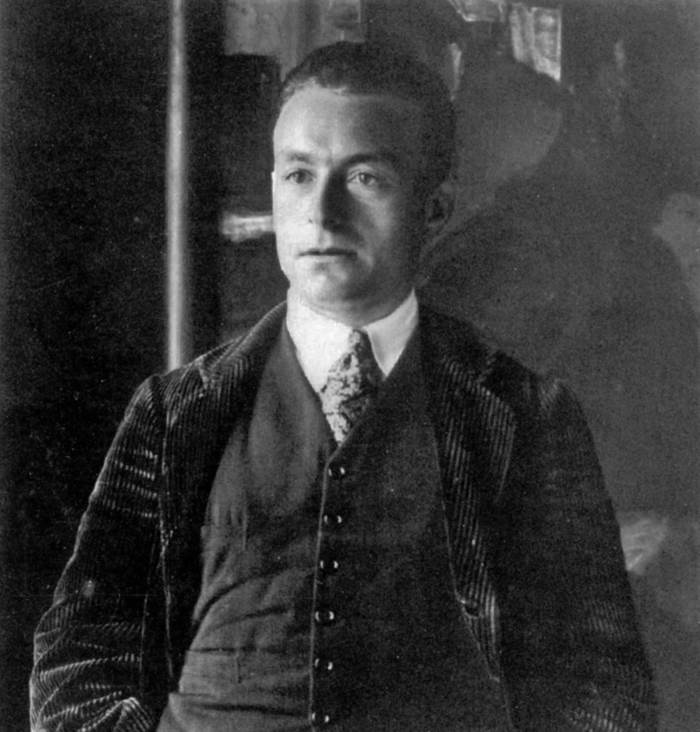Artists
Successors
Against the background of the predecessors of Flemish expressionism, a number of artists remained active in the margins of artistic life. Their oeuvre, highly valued today, had the disadvantage of being required to live in the shadow of the resoundingly successful modernism in the 1920s. Nevertheless, each of them paid particular attention to the celebration of the rural surroundings on the banks of the Leie. Their artistic breakthrough was partially crippled by the economic crisis that jeopardised artistic life after 1930. They were a generation of artists who placed significant accents on the development of landscape painting, and who absolutely did not deserve the contemporary, somewhat emotional description, 'the lost generation'. While coming from nearby Astene, for Hubert Malfait (1898-1971), Sint-Martens-Latem had particular significance. Especially the retrospective exhibition of Latem artists-organised in August of 1924 in the former atelier of Gustave Van de Woestyne-had a decisive effect on the young Malfait. He took as central object of study the human figure, which he gradually reduced to prototypical figures that dominate the canvas in a powerful pose. Furthermore, the strict surface division and the extensive deformation conspicuously testify to cubism and expressionism. After a more intimist period in the 1930s, during and after the Second World War he evolved to colouristic experiments, and used impressions that he brought with him from among others his travels to Brittany, the South of France and the Netherlands. A stronger accent was again placed on harmony and balance. From 1955, the equestrian genre comes stronger to the foreground, continuously expressing Malfait's creed: schematising and structuring, while at the same time narrative and monumental. Like Modest Huys, Albert Saverys (1886-1964) cannot be counted among the artists of Sint-Martens-Latem. He lived and worked in Deinze, and distinguished himself in his work from both the luminists and the expressionists of his generation. His paintings rather radiate the joy of painting, with scenes that take shape through splashing-and sometimes blaring-colours. Around 1940, his form language attained a refined classicism. The independence of colour, for example, was a theory that did not leave the colour virtuoso in Saverys unmoved. And the artist would quite often make use of seemingly chaotic compositions in which he applied a telescoping surface division borrowed from cubism. In contrast to Albert Saverys, Jules De Sutter (1895-1970) was well accepted in the metropolitan modernistic milieus around the periodical Sélection. Following in the footsteps of Flemish expressionism, De Sutter also began to take further distance from reality. In an imaginary, sometimes hermetic world, he interwove dream and reality. De Sutter also began working with sharp contours, with a view toward the constructive composition of his paintings. He used the colouring in function of this imaginary world, in soft pinks and in a great variety of greens. Jules De Sutter would settle in Sint-Martens-Latem only in 1939. However, this Latem sojourn, until his death in 1970, marked a turn in his artistic awareness. After the dark crisis years of the 1930s, in the Latem period he again made use of clear yellow and green tones. Finally, the oeuvre of Evarist De Buck (1892-1974) and Albert Claeys (1889-1967) deserves particular attention. In a short space of time, after World War I, De Buck exchanged luminism for declamatory, socially-charged art. De Buck kept more to the background and isolated himself. This isolation, however, was unable to conceal the quality of his Leie paintings. Or as Karel van de Woestijne noted in 1925: "His place is a modest one; his standpoint, however, is pure and fits his nature. And this should not be underestimated." Albert Claeys would also establish himself in the Leie region only at an advanced age. His work is dominated by hushed simplicity, the total absence of aggression, represented as a gentle, dreamy evocation of nature.








